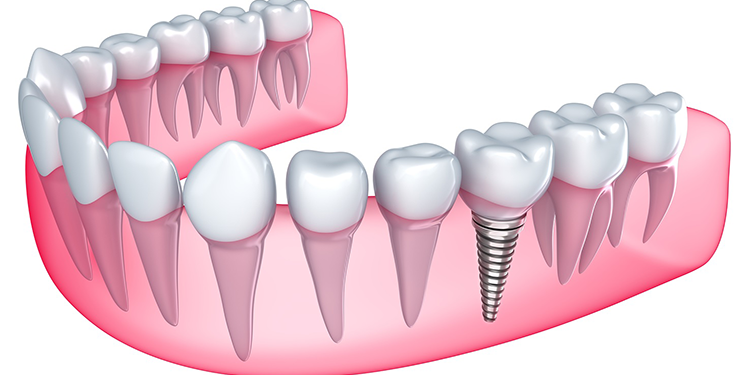Beyond Teeth: The Diverse World of Implants
Implants have revolutionized various fields of medicine, offering long-term solutions for restoring function and improving quality of life. While dental implants are perhaps the most widely recognized, this article explores the different types of implants and their applications in various areas of healthcare.
Restoring Movement: Orthopedic Implants
Orthopedic implants play a crucial role in treating bone fractures, joint replacements, and other musculoskeletal conditions. These implants, often made of titanium or biocompatible plastics, are designed to:
- Stabilize Fractures: Bone plates, screws, and rods provide stability for fractured bones, allowing them to heal properly.
- Replace Damaged Joints: Joint replacement implants, like hip and knee replacements, resurface or replace worn-out or damaged joints, restoring pain-free mobility and function.
- Correct Deformities: Implants can be used to correct bone deformities, improving alignment and alleviating pain or limitations in movement.
Beyond the Cast: Benefits of Orthopedic Implants
Orthopedic implants offer numerous advantages over traditional treatment methods:
- Improved Mobility and Function: Implants allow for faster recovery and a return to daily activities with increased pain-free movement.
- Enhanced Quality of Life: Reduced pain and improved mobility can significantly enhance a patient’s quality of life.
- Durability and Longevity: Modern orthopedic implants are designed for long-term durability, often lasting for decades.
- Minimally Invasive Techniques: Advancements in surgical techniques allow for minimally invasive procedures for implant placement, leading to faster recovery times.
Beyond the Routine: When to See an Orthopedic Specialist
If you’re experiencing persistent pain, stiffness, or limitations in movement in your bones or joints, consulting with an orthopedic specialist is recommended. They can assess your condition and determine if orthopedic implants might be a suitable solution.
Seeing Clearly Again: Ocular Implants
Ocular implants offer hope for individuals with severe vision loss or damaged eye structures. These implants can:
- Replace Cataracts: Artificial lenses, implanted during cataract surgery, restore clear vision by replacing the clouded natural lens.
- Treat Glaucoma: Glaucoma drainage implants help regulate intraocular pressure, preventing further vision loss.
- Retinal Prosthesis: While still under development, retinal prostheses offer the potential to restore vision in individuals with severe retinal degeneration.
Beyond Glasses: The Promise of Ocular Implants
Ocular implants hold immense promise for improving vision and restoring sight:
- Improved Quality of Vision: Replacing or repairing damaged eye structures can lead to significant improvements in vision and overall quality of life.
- Greater Independence: Improved vision allows individuals to regain independence in daily activities.
- Advancements in Technology: Continuous advancements in ocular implant technology offer hope for future breakthroughs in treating various eye conditions.
Beyond Ignoring Symptoms: When to See an Ophthalmologist
If you experience sudden vision loss, persistent eye pain, or any concerning changes in your vision, consult with an ophthalmologist. Early diagnosis and treatment of eye conditions are crucial for preserving vision and determining if ocular implants might be a possible solution.
Emergency Considerations: A Note on Emergency Dental Care
It’s important to note that while implants offer numerous benefits in dentistry, this article focused on non-dental implants. In case of a dental emergency, such as a knocked-out tooth or severe toothache, seeking immediate care from an emergency dentist is crucial. They can address the issue and potentially salvage the tooth, avoiding the need for future implants.
Conclusion
Implants have become a cornerstone of modern medicine, offering solutions for restoring function, improving mobility, and enhancing quality of life across various medical fields. From stabilizing fractures to potentially restoring sight, implants continue to evolve, offering hope for improved healthcare outcomes and a brighter future for patients.






